India stands tall as the world’s largest producer of cotton, a crop deeply rooted in the country’s agricultural and industrial sectors. The nation’s cotton production is primarily concentrated in three agro-ecological zones, with over 80% of it sourced from the top five cotton-producing states: Gujarat, Maharashtra, Telangana, Andhra Pradesh, and Madhya Pradesh. This robust production base has not only supported India’s domestic textile industry but has also made the country a significant player in the global cotton export market.
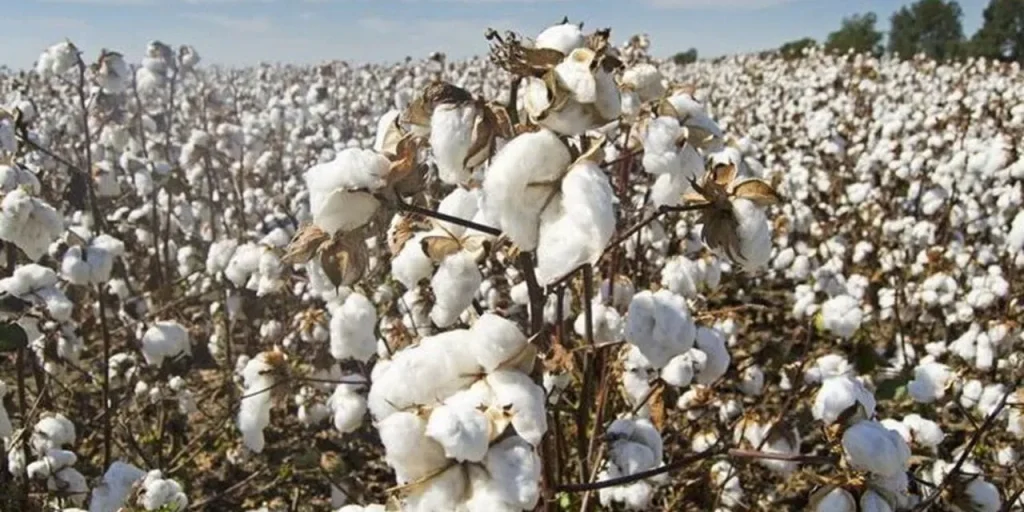
India’s Global Position in Cotton Export
Despite substantial domestic consumption, India ranks as the third-largest exporter of cotton worldwide, trailing only behind the United States and Brazil. In the first five months of the 2023–24 season, India exported 15 lakh bales of cotton, a figure closely aligned with the previous season’s exports. This consistency underscores the resilience of India’s cotton industry in the global market, contributing significantly to the ‘Made in India’ narrative.
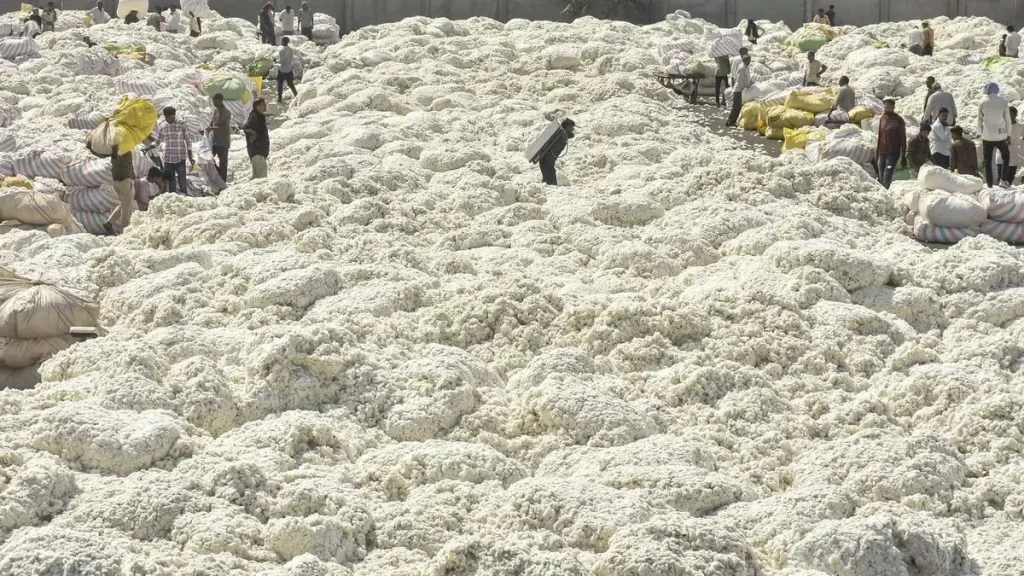
Economic Impact of Cotton Production
Cotton is a cornerstone of India’s economy. With more than 40-50 million people involved in cotton trade and processing, and about 6 million farmers relying on it as a primary source of income, the cotton industry is a vital contributor to India’s GDP. Covering over 11.7 million hectares, India leads the world in cotton cultivation, with the sector supporting the livelihoods of approximately 60 million people across the nation.
Regional Contributions to Cotton Production
India’s diverse agro-climatic conditions allow the cultivation of all four major cotton species: G. arboreum, G. herbaceum, G. barbadense, and G. hirsutum. These species are grown across the Northern, Southern, and Central zones of the country, with Gujarat emerging as the largest producer. The top five cotton-producing states, Gujarat, Maharashtra, Telangana, Andhra Pradesh, and Madhya Pradesh, together account for more than 80% of India’s cotton output, underscoring the importance of these regions in driving the country’s cotton economy.
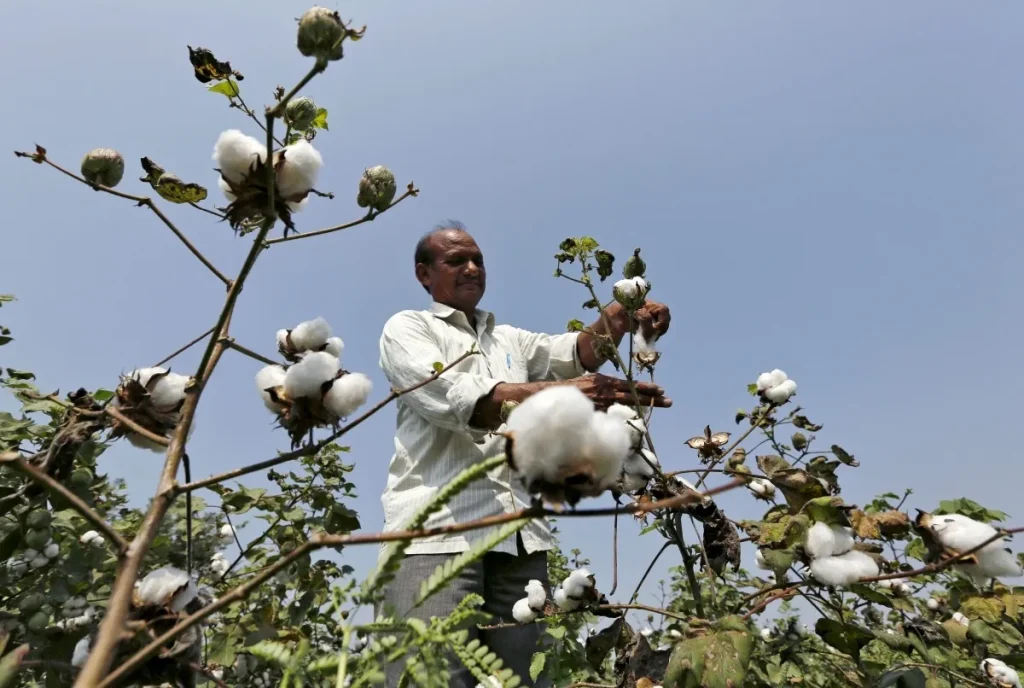
Government Initiatives to Boost Cotton Exports
Recognizing the strategic importance of cotton in the ‘Made in India’ campaign, the Indian government has rolled out several initiatives to enhance the quality and global competitiveness of Indian cotton. These include subsidies for farmers, trade shows, and buyer-seller meets, all aimed at boosting exports. The Mega Investment Textiles Parks (MITRA) initiative, announced in the Union Budget for 2021–22, further reflects the government’s commitment to strengthening the textile sector by setting up seven textile parks over three years.
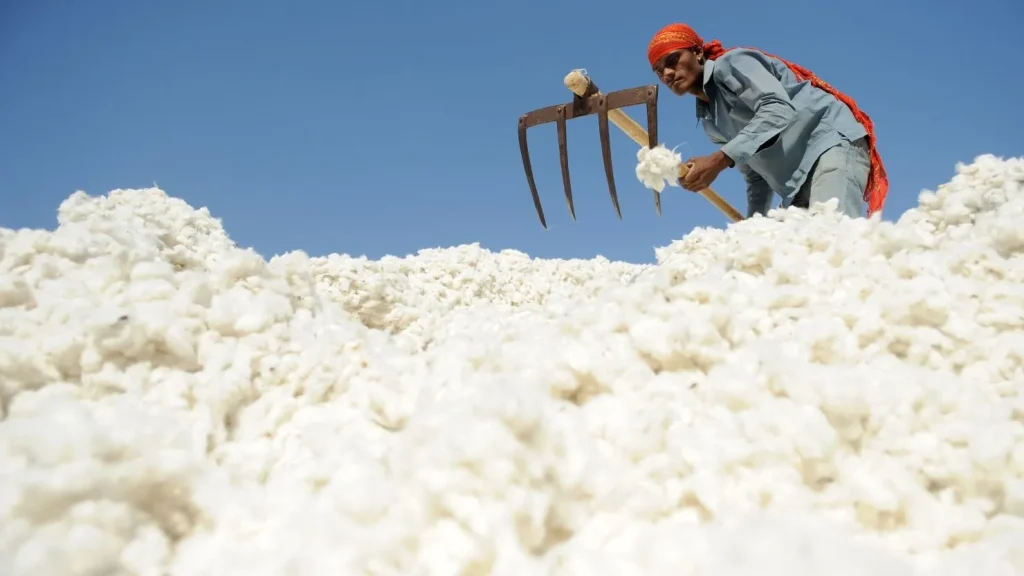
The Future of Cotton Yarn Exports
India’s cotton yarn exports are poised for significant growth, with projections indicating an 85-90% increase in FY2024. This surge is driven by a shift in sourcing preferences away from China, coupled with rising demand from key markets like the US and EU. Despite challenges such as declining cotton prices and shrinking operating margins, the outlook for India’s cotton yarn industry remains positive, bolstered by increased export volumes and strategic government interventions.
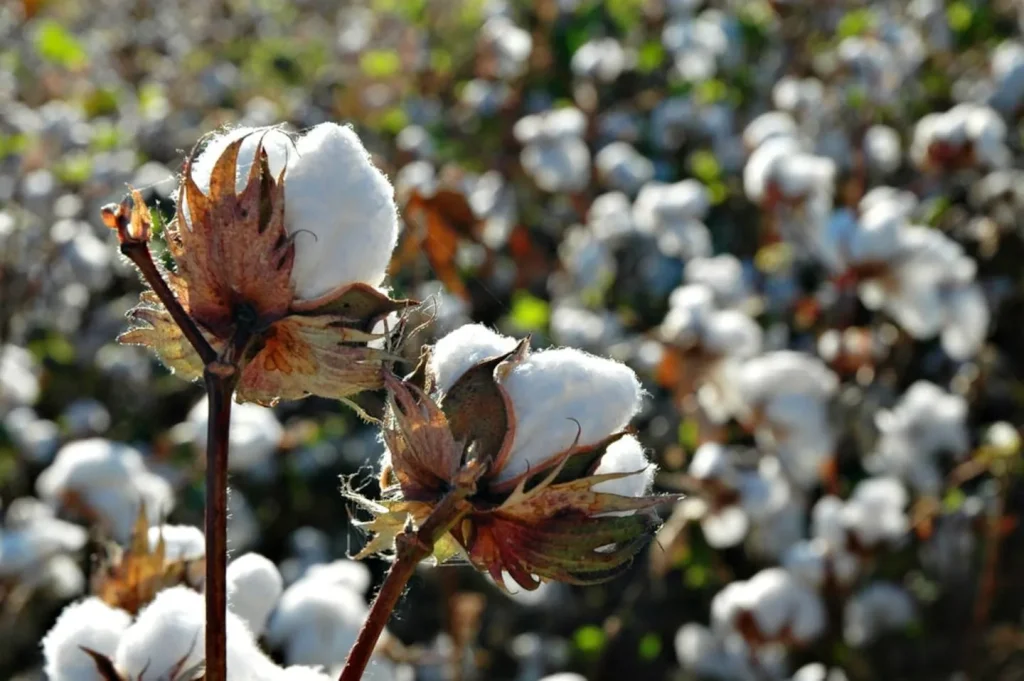
India’s cotton yarn export sector is a testament to the country’s rich agricultural heritage and industrial prowess. As a key contributor to the ‘Made in India’ campaign, the cotton industry not only supports millions of livelihoods but also strengthens India’s position in the global market. With continued government support and a focus on quality improvement, India’s cotton yarn exports are set to play an even more significant role in the nation’s economic future.
